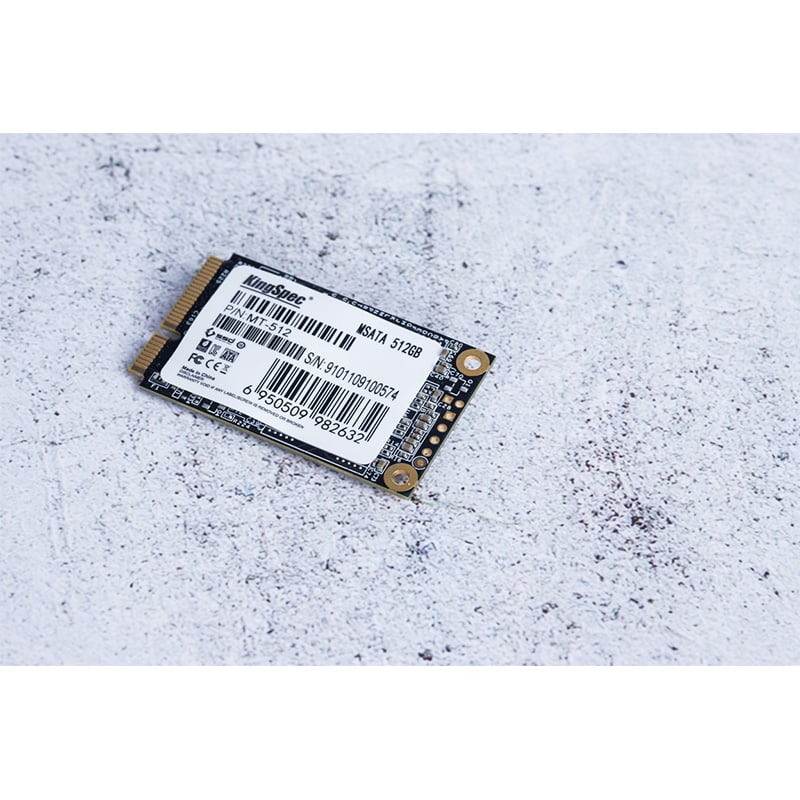News
Site Editor
 Site
https://kingspec.usa02.wondercdn.com/uploads/image/6307135a29359.png
Whenever you buy an SSD from any SSD supplier, they mention its capacity, like 512GB, 256GB, 1TB, etc. This capacity is the specific capacity that tells the maximum amount of data you may store on that SSD. However, when you plug that SSD into your computer, you may find that its capacity is a little lesser than advertised. That is because of the usable capacity.
Site
https://kingspec.usa02.wondercdn.com/uploads/image/6307135a29359.png
Whenever you buy an SSD from any SSD supplier, they mention its capacity, like 512GB, 256GB, 1TB, etc. This capacity is the specific capacity that tells the maximum amount of data you may store on that SSD. However, when you plug that SSD into your computer, you may find that its capacity is a little lesser than advertised. That is because of the usable capacity.
What’s the Difference Between Usable and Specified SSD Capacity?
Views: 7899
Author: Site Editor
Publish Time: 2023-02-15
Origin: Site
When you buy an SSD, no matter which SSD supplier or manufacturer you select, the specific and the working SSD capacity is always different. There is nothing to worry about because the difference is caused by usable and specified SSD capacity.
What is the specified SSD capacity?
Whenever you buy an SSD from any SSD supplier, they mention its capacity, like 512GB, 256GB, 1TB, etc. This capacity is the specific capacity that tells the maximum amount of data you may store on that SSD. However, when you plug that SSD into your computer, you may find that its capacity is a little lesser than advertised. That is because of the usable capacity.
What is usable SSD capacity?
Whenever you use your SSD with an operating system, the usable capacity is lesser than advertised. It is because the usable capacity is the capacity that is available to you as a user after all the reserved capacity is subtracted from the total storage.
Whenever you use some storage, the OS will create some recovery partition; the OS files will occupy some space, and the remaining stores will be available for your usage. That is the usable SSD capacity.

3 major differences between usable and specified SSD capacity.
Now that you know what usable and specified capacities are, here are the 3 major differences you need to know about these two.
1. The specified capacity remains unchanged.
The specific capacity, also known as the advertised or raw capacity, is always unchanged. How much is stated on the drive will stay the same no matter how you use the drive. You may use it to store metadata, firmware files, and spare blocks.
You can create separate partitions of one drive, but the specified capacity will remain unchanged. However, the usable capacity can vary depending on the application of the drive.
2. Usable capacity can differ depending on the OS.
When you connect an SSD to a computer, the OS detects specified and usable capacity. While the specified capacity is kept the same, the usable capacity can differ depending on whether you are using Windows, macOS, or Linux because each operating system will occupy different amounts of space on the disk to store its metadata.
It is also why you find the disk space to be less when it is formatted compared to when it is unformatted.
3. Overprovisioning differences
Overprovisioning means taking the usable storage of your drive for the controller's usage. When it happens, that space is not visible to the user, affecting the usable storage. However, it does not affect the specified storage. The storage occupied by overprovisioning is used for metadata, spare sectors, and wear leveling to improve the life and performance of the SSD.
Always pick the right SSD considering its specified and usable capacity.
Whenever you buy an SSD, remember that the SSD supplier will mention the specified capacity while you will only get the usable capacity. So, for the seamless performance of your devices, you must consider picking the right one according to usable capacity so you are never out of space unexpectedly.






















